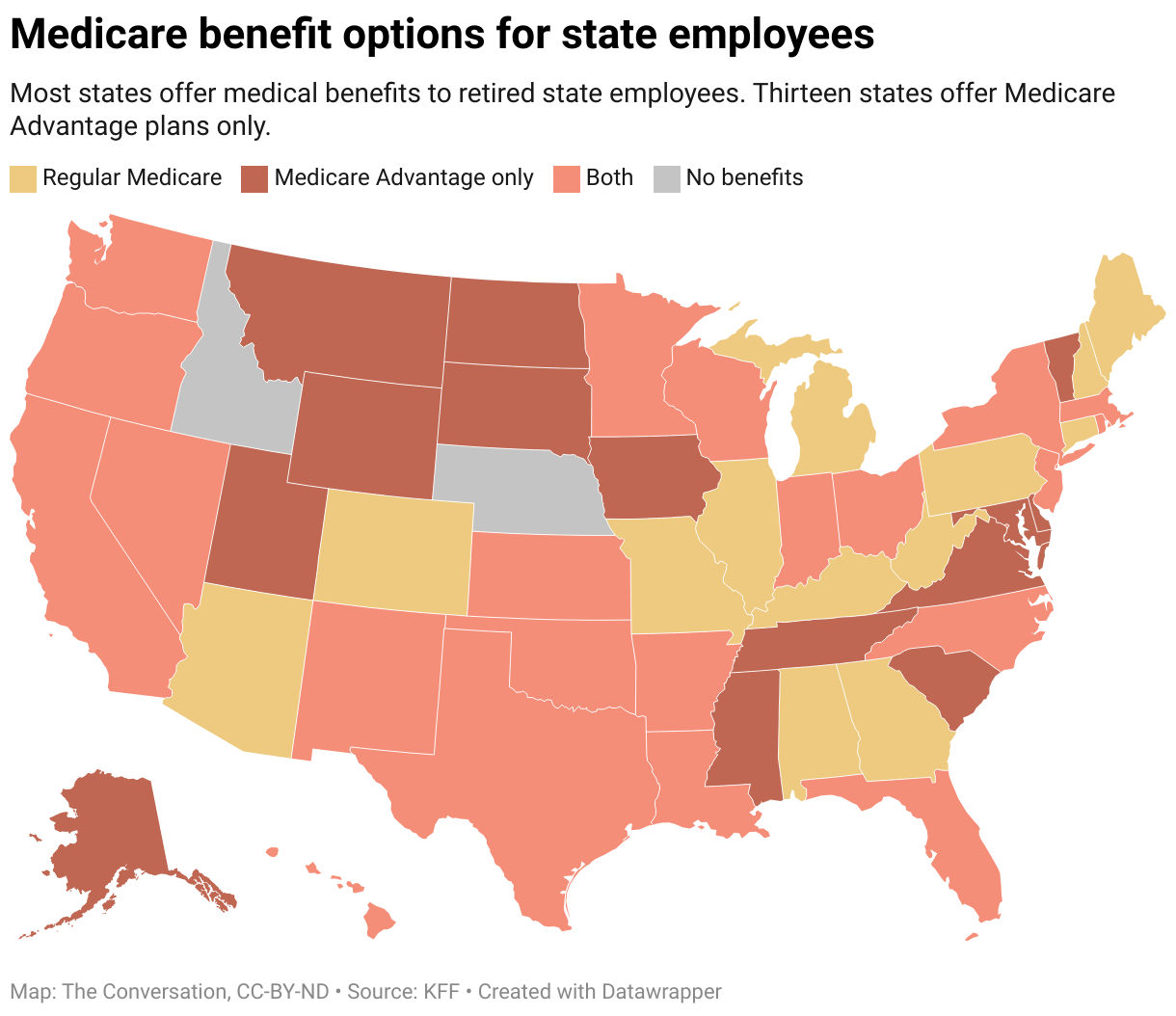What’s An Urgent Care Center?
Painful swallowing, a high fever, small red dots on the roof of her mouth – Amy knew something was wrong by the end of the day. But her doctor’s office was closed and Amy couldn’t afford to foot an expensive hospital bill. After an online search, she found a closeby urgent care center and was quickly treated for strep throat.
By going to urgent care, Amy felt better and saved more than $400 by skipping the trip to the ER.
Urgent Care: The Basics
Urgent care falls in between emergency services and scheduled doctor’s office visits. If you need medical attention but can’t wait to see your primary care physician, then urgent care can help.
When you go to an urgent care clinic, you won’t have to schedule an appointment to see a physician. Simply walk in with your insurance card to be treated. Centers usually operate for long hours, and are often open on weekends as well as holidays.
From administering vaccines to treating mild illnesses, urgent care professionals can care for you. Most urgent care centers offer a wide range of medical services. Facilities are able to prescribe medications and refer you to a primary care doctor or specialist.
More than 89 million visits are made to urgent care centers each year. With the rise of these care centers in the U.S., you can now access outpatient care with more convenience and comfort.
Costs for Convenient Care
The average cost per visit to urgent care ranges from $150 to $200.
Although your insurance plan won’t pay back your ride to the clinic, your urgent care treatment should still cost far less than an emergency room visit. For example, what you pay to treat acute bronchitis at an urgent care center will be around $127. Going to the emergency room adds more than $400 (and several hours) for the same treatment.
There are multiple ways to pay for your visit to an urgent care clinic. You’ll need to consider the following questions to determine your total out-of-pocket costs:
- Does this urgent care center accept my health insurance provider?
If your urgent care center is in-network, costs for medical services will be less than an out-of-network center.
Most procedures and services performed at urgent care clinics are covered by many insurance plans, including Medicare and Medicaid. However, your illness or injury may require additional testing that can add to your medical bill.
- Did you meet your deductible already?
When you go to urgent care, you’ll only pay your copayment if you’ve met your deductible. - How much is your copayment?
The average copay for an urgent care visit ranges between $25 to $75. - Does your insurance plan include coinsurance?
If you met your deductible and your plan includes coinsurance, then you will pay that percentage.
You could also be transferred to a hospital emergency room depending on your condition’s severity. There may be separate costs if this situation arises, such as transportation, outside lab services, and emergency care expenses.
Health insurance companies generally support you using urgent care instead of unnecessary emergency services. For instance, companies like Aetna continue to encourage individuals to seek urgent care, stating that “the far lower cost you’ll pay for participating urgent care visits will feel like instant relief.” This is because urgent care saves money for you and your insurance provider. In some cases, insurance companies have denied paying for patients who visited the ER when they could’ve seen an urgent care physician.
Why Go to Urgent Care?
Patients go to urgent care centers for a few reasons: fractures, minor burns, sore throats, and eye or ear infections. According to a survey by the Journal of Urgent Care Medicine, the top diagnoses performed at centers throughout America included: wound/trauma/fracture; ear; skin; and genitourinary conditions, such as urinary tract infections.
You should visit an urgent care center if you are injured or fall ill and can’t see your primary care physician. However, if you believe your life is in danger, seek emergency medical care as soon as possible. By seeking help at the right time, you can prevent long-term damage.
At an urgent care center, you will be treated by doctors, nurses, and other medical professionals, just like any hospital or doctor’s office setting. On average, patients at urgent care centers will wait between 15 and 40 minutes to see a professional. You can often save time by booking a visit in advance.
Finding An Urgent Care Provider
If you decide to seek urgent care, you can quickly locate a clinic online. Before you head out the door, check to see if the office is in-network – meaning it participates in your insurance plan – to save on costs for services. Also, be sure to have your health insurance card with you for payment purposes.
Once you finish up your visit, you’ll provide your copayment, co-insurance, or both, depending on if you’ve met your deductible. Some plans, including Medicaid, may not require upfront payment or any payment at all.
However, you shouldn’t plan to revisit urgent care for the same condition. If your condition requires follow-up or long-term care, you should find your primary care physician to continue treatment.
Taking the Next Steps
You should seek medical care at your own discretion. According to the American Academy of Urgent Care Medicine, nearly 40 percent of patients who visit the emergency room do not require true emergency care. By understanding the different services that urgent care centers offer, you can avoid that unnecessary emergency room trip.
Urgent care centers are designed to give you help in a hurry. If you are unable to wait to see your doctor, you can search for a nearby clinic. Even though schedules can be hectic, you can lead a healthier and happier life by prioritizing your well-being.




